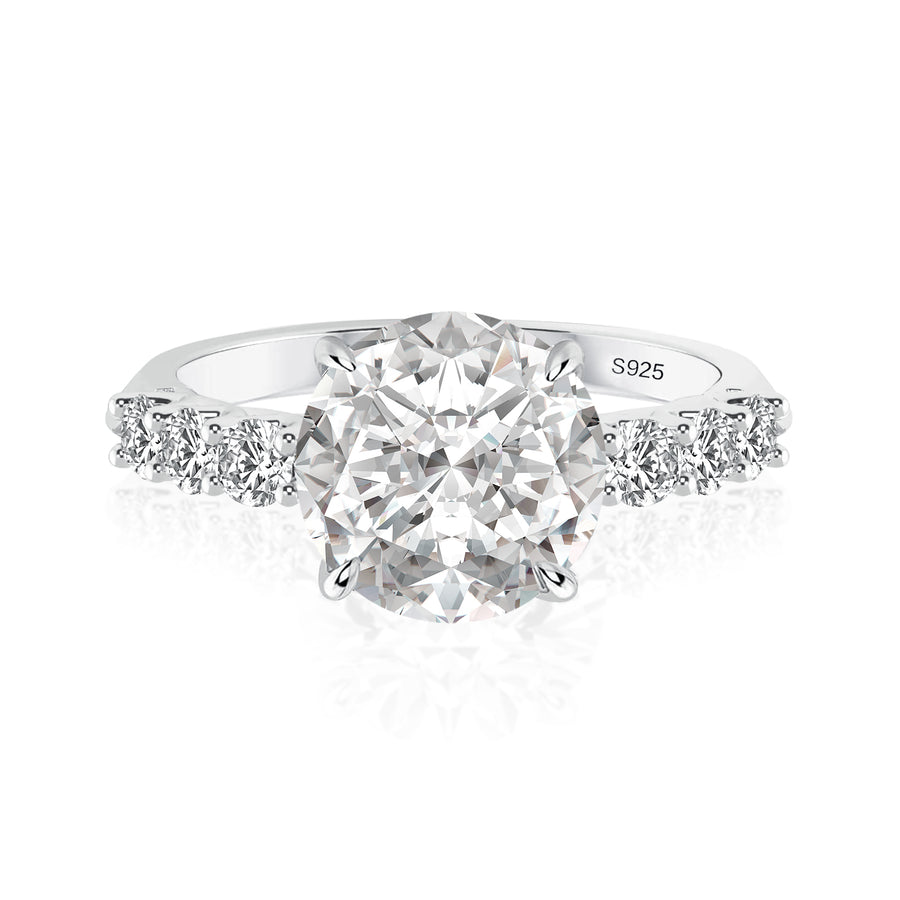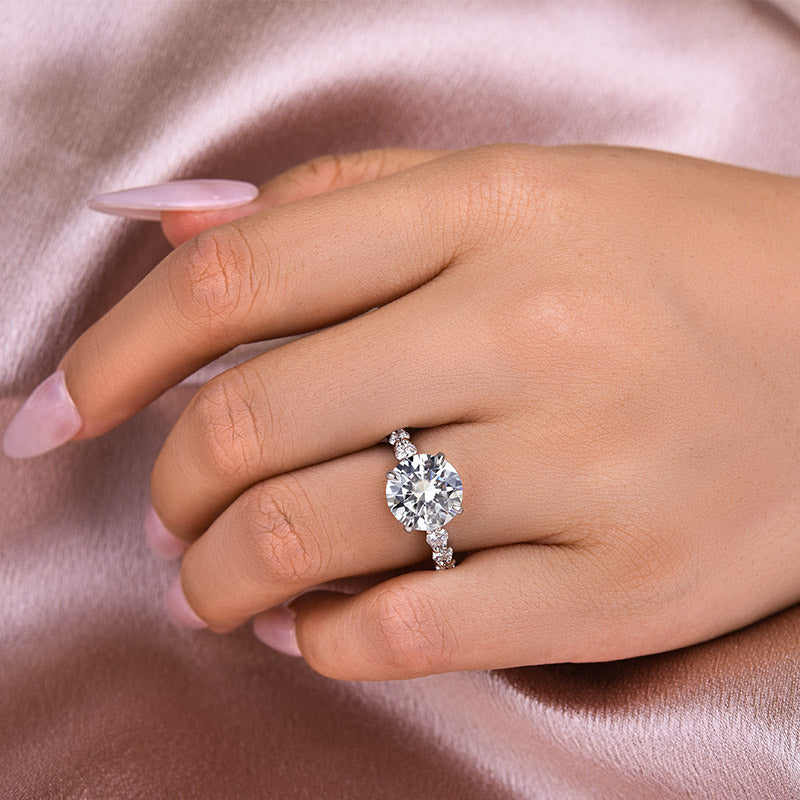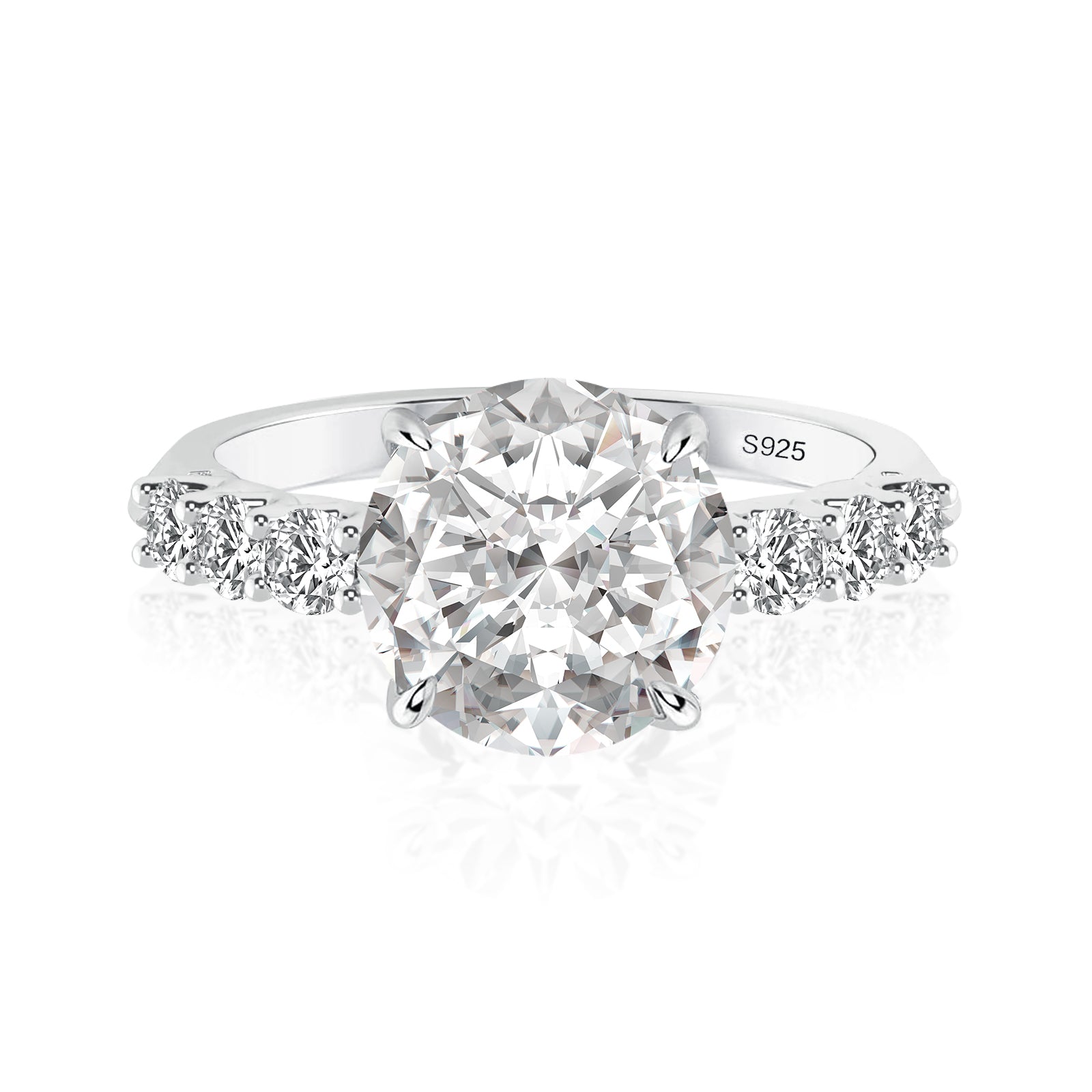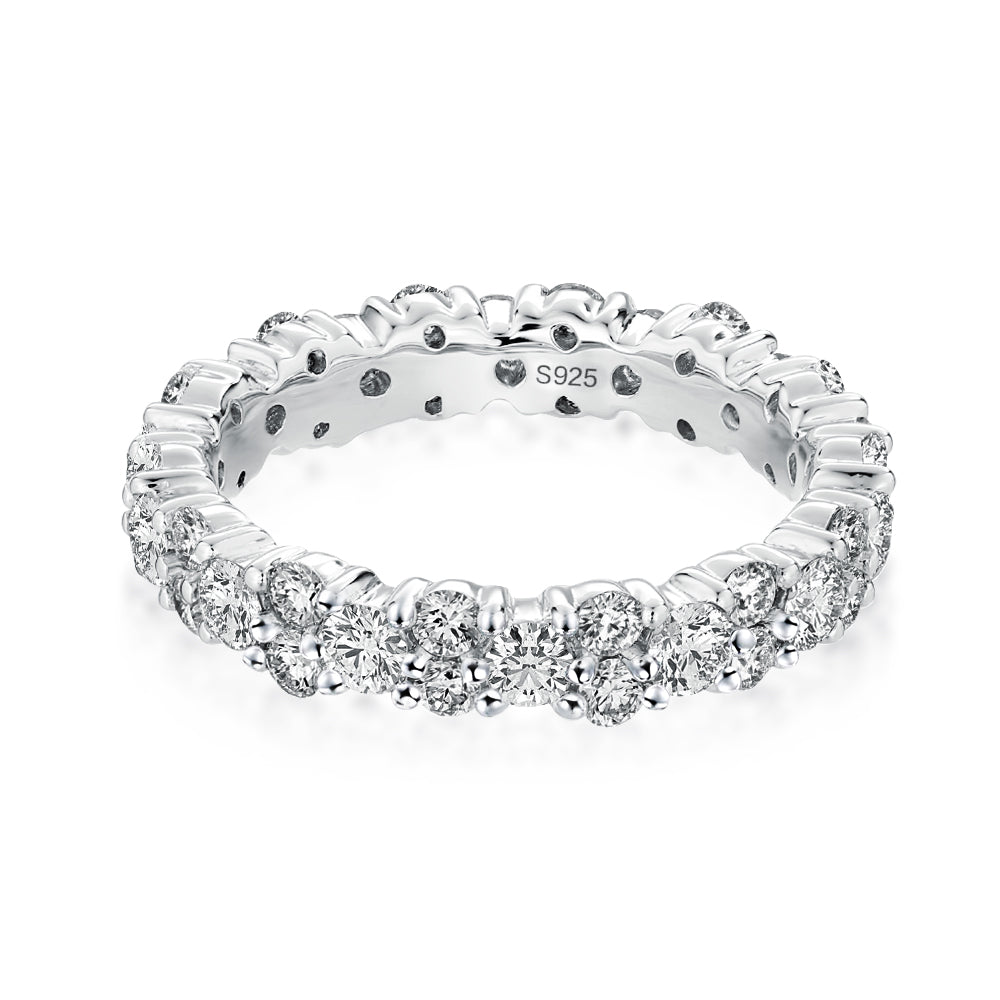Do You Wear Your Engagement Ring On Your Wedding Day?
The wedding day is one of the most significant and memorable occasions in a person's life. It is a day filled with joy, love, and numerous traditions, one of which involves the wearing of rings. Among the questions that often arise is whether or not to wear the engagement ring on the wedding day. This blog will delve into the various aspects of this question, offering insights and options to help you make the best decision for your special day.
1. Tradition and Symbolism
Engagement Ring: The engagement ring is a symbol of a promise and a commitment to marry. It signifies the intention to unite in marriage and is typically worn from the moment of the proposal up until the wedding day.
Wedding Ring: The wedding ring, on the other hand, is exchanged during the wedding ceremony itself. It symbolizes the official union and the everlasting bond between the couple. Traditionally, the wedding ring is worn on the fourth finger of the left hand, often referred to as the "ring finger."
2. Practical Considerations
Placement During the Ceremony: A common question is what to do with the engagement ring during the wedding ceremony. There are a few practical options:
- Move It: One option is to temporarily move the engagement ring to the right hand before the ceremony. This leaves the left hand ring finger free for the wedding band. After the ceremony, you can move the engagement ring back to the left hand, placing it above the wedding band.
- Leave It On: Another option is to keep the engagement ring on the left hand and simply slide the wedding band on top of it during the ceremony. Some people prefer this method to avoid the hassle of switching rings.
- Not Wear It: Alternatively, you can choose not to wear the engagement ring during the ceremony at all. This can be a symbolic gesture, allowing the wedding band to take center stage.
3. Aesthetic Considerations
Matching Sets: Many engagement rings and wedding bands are designed to complement each other as a matching set. If this is the case, wearing both rings together on your wedding day can showcase their coordinated beauty and design.

Photographs: Wearing both rings can make for beautiful photographs. Many couples choose to wear both rings during the ceremony to ensure that their hands are adorned with the symbols of their love and commitment in pictures.
Comfort and Fit: Consider the fit and comfort of wearing both rings together. Some people find it uncomfortable to wear both rings on the same finger, especially if they are both substantial in size. It's a good idea to try wearing both rings together before the wedding day to ensure they feel comfortable.
4. Cultural and Personal Preferences
Cultural Norms: Different cultures have varying traditions regarding engagement and wedding rings. For instance, in some cultures, the engagement ring is worn on the right hand, and the wedding band is placed on the left hand during the ceremony. Understanding and respecting these cultural differences can help guide your decision.
Personal Preferences: Ultimately, the decision of whether to wear your engagement ring on your wedding day is a personal one. Some individuals may feel strongly about maintaining tradition, while others may prioritize practicality or comfort. Discussing this with your partner can also help ensure you both are on the same page.
5. Alternatives and Modern Trends
Stackable Rings: Stackable rings have become increasingly popular. These are designed to be worn together on the same finger, creating a layered look. If you have a stackable engagement ring and wedding band, wearing them together on your wedding day can be a stylish choice.
Ring Holders: Some brides opt for a ring holder or ring dish to keep their engagement ring safe during the ceremony. This way, the ring can be prominently displayed during the event and easily accessible for photos.
Ceremony-Specific Jewelry: Another modern trend is to wear a different piece of jewelry, such as a family heirloom or a special piece gifted by the spouse, during the wedding ceremony. This can add a unique and personal touch to the occasion.
6. Post-Ceremony Considerations
Daily Wear: Consider how you plan to wear your rings after the wedding. Many people choose to wear their wedding band closest to the heart, with the engagement ring on top. This order can symbolize the transition from engagement to marriage.
Resizing and Adjustments: After the wedding, you may need to have your rings resized or adjusted to ensure they fit comfortably together. This is especially important if you plan to wear both rings on the same finger every day.
Conclusion: Making the Decision
Whether or not to wear your engagement ring on your wedding day is a decision that blends tradition, practicality, and personal preference. There is no right or wrong choice—what matters most is what feels right for you and your partner.
- If you value tradition and symbolism: You might choose to move your engagement ring to the right hand or not wear it during the ceremony.
- If you prioritize aesthetics and photographs: Wearing both rings can create beautiful, coordinated looks.
- If comfort is key: Trying out different arrangements beforehand can help you decide the best fit.
Ultimately, the way you choose to wear your rings should reflect your personal style, comfort, and the unique love story you and your partner share. Whatever you decide, your rings will be a beautiful symbol of your commitment and the start of a new chapter in your lives together.














